
Foldable smartphones open up a world of new possibilities but also one of new limitations. Where Samsung’s Galaxy Z Flip 4 asks you to weigh out your priorities, the Oppo Find N2 Flip pushes the boundaries of what’s possible in this form factor.
The Oppo Find N2 Flip is a device that shares a lot in common with the Galaxy Z Flip 4. It has a 6.8-inch display which folds down to a much more compact device that’s easier to throw in your pocket than a traditional large smartphone.
Oppo gets the hardware right in a lot of ways. The Find N2 Flip’s outer hardware is covered in a unique textured glass, has gripped side rails, and has a smooth but strong hinge. The special “Flexion” hinge is designed to work a lot like Samsung’s, but I did find it doesn’t quite measure up. While Oppo’s design is a lot quieter than Samsung’s latest iteration, I found that it lets out a disconcerting “creak” from the body of the phone once in a while, versus from the hinge itself, as happens on Samsung’s foldables from time to time. It also doesn’t hold its position as well as Samsung. To get the display to prop up, you have to hit just the right angle, which diminishes the utility of being able to hold its position in the first place.
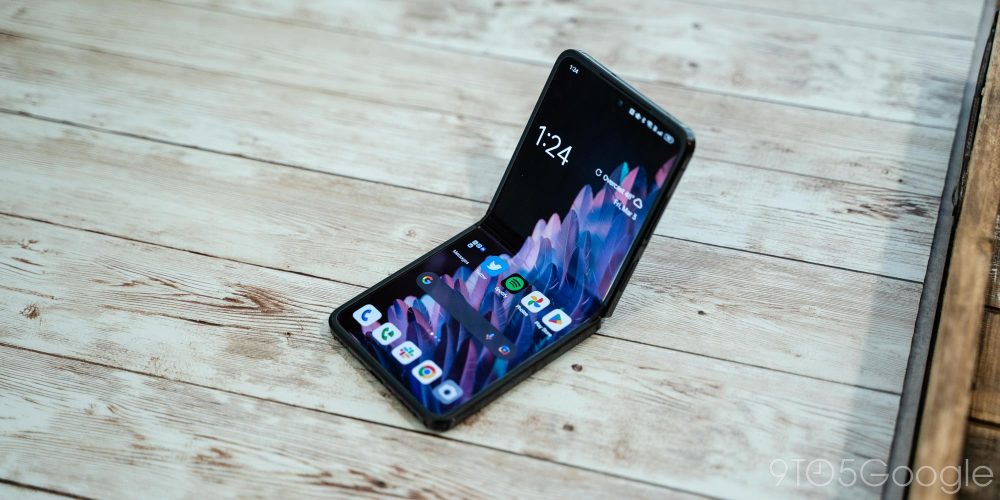
That leads to my other big qualm, which is the struggle of opening this device one-handed. Clamshell foldables will always be best handled with two hands, but the Oppo Find N2 Flip is a lot harder to open up with one hand, partially because there’s less separation between the two halves of the phone when it is closed.
Now, that said, the trade-off there feels worthwhile. When using the Samsung Galaxy Z Flip 4, I regularly found that dust or pocket lint would sneak its way onto the display and show itself upon opening up the device. The same was not true of the Find N2 Flip, which has an effective seal on its closure.
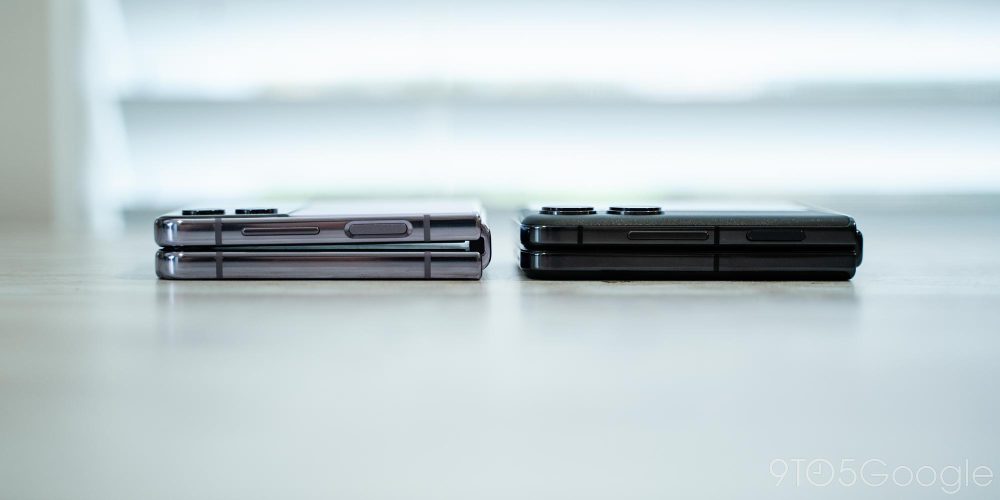
The Oppo Find N2 Flip’s halo feature is on the outside, with a 3.26-inch display taking up the majority of the outer panel. It’s a considerably larger panel compared to what you’d find on the Galaxy Z Flip 4 and its predecessors, and one that should be very useful. Unfortunately, it’s held back very much by software.
Oppo’s decision to limit the outer display to a fixed list of widgets boggles my mind because there’s seemingly no real reason to do so. The display here is bigger than some entire Android phones, so while not every app would run ideally here, some could absolutely make do and be quite useful out there.
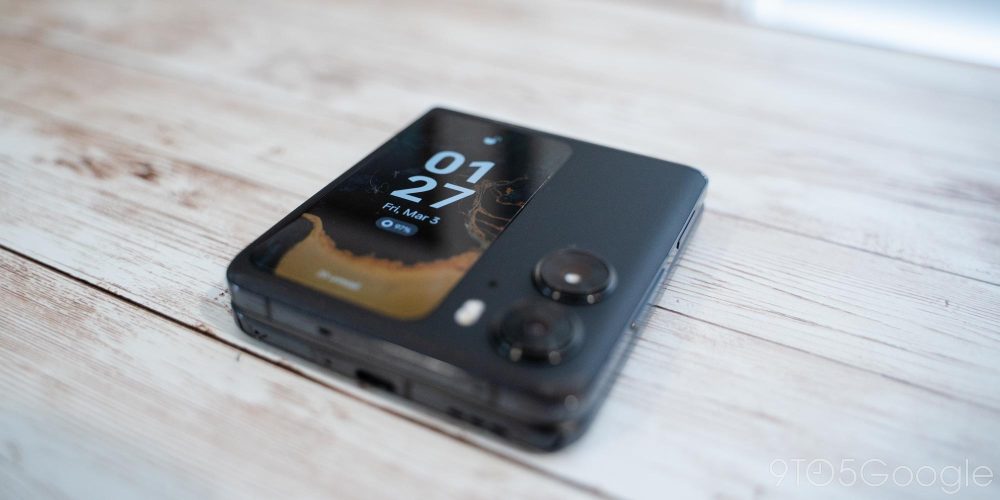
I asked Oppo what the inspiration for limiting the cover display was, and the company responded saying:
We want to provide the best experience possible to our consumers. For the cover screen widgets, we have ensured all the functions are stable and work well. There will be more widgets, please stay tuned.
As it stands today, the Find N2 Flip’s cover display can show the widgets below, as well as showing notifications (subject lines only) and a host of quick settings. Notably, there’s no support for voice dictation or a keyboard on notification replies – only quick replies or emoji.
- Weather (local conditions and hourly forecast
- Timer (preset timers or manual timer)
- Recorder (Audio recording with Oppo’s app)
- Camera (Full camera with shortcuts for standard, portrait, and video, but no ultrawide access)
- Wireless earbud controls (Only works with Oppo, OnePlus, etc. earbuds)
- Calendar events (Uses Oppo’s Calendar app, but supports Google Calendar events)
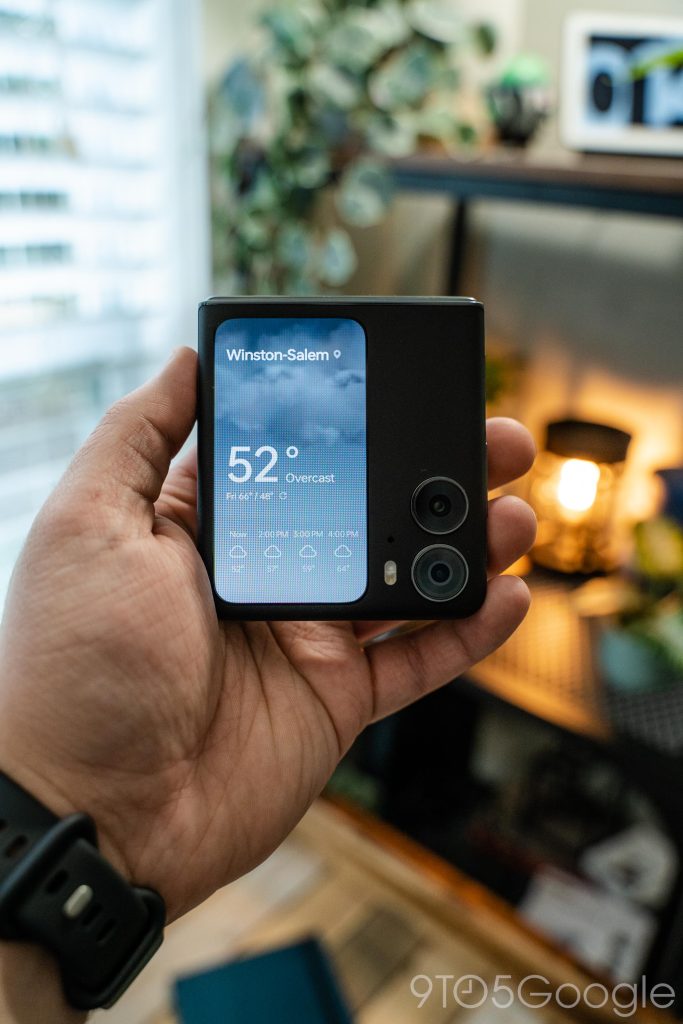

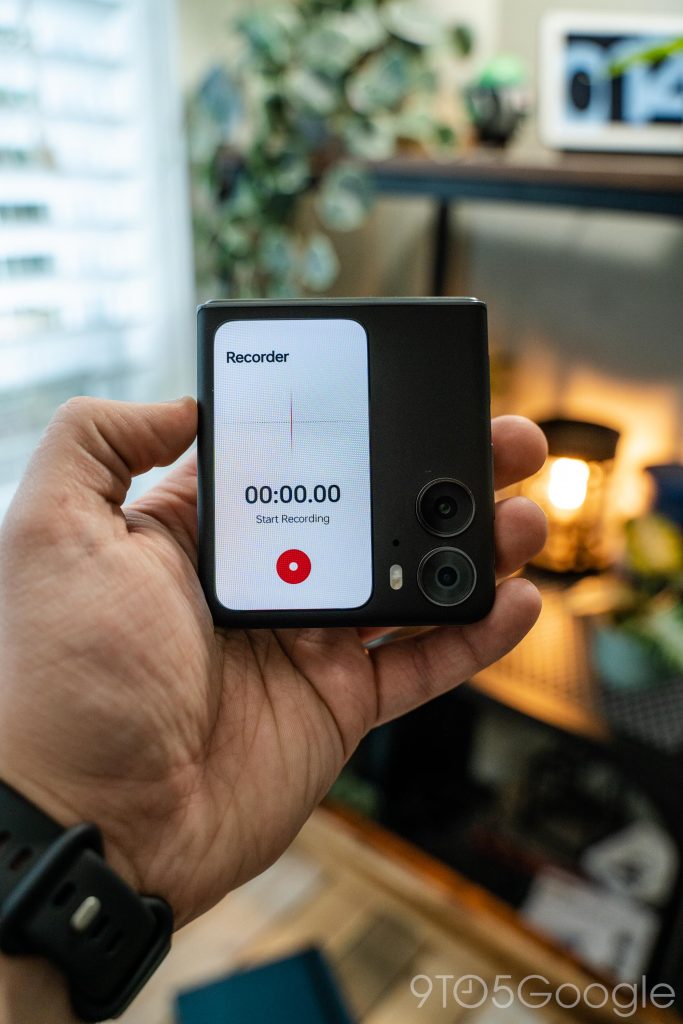
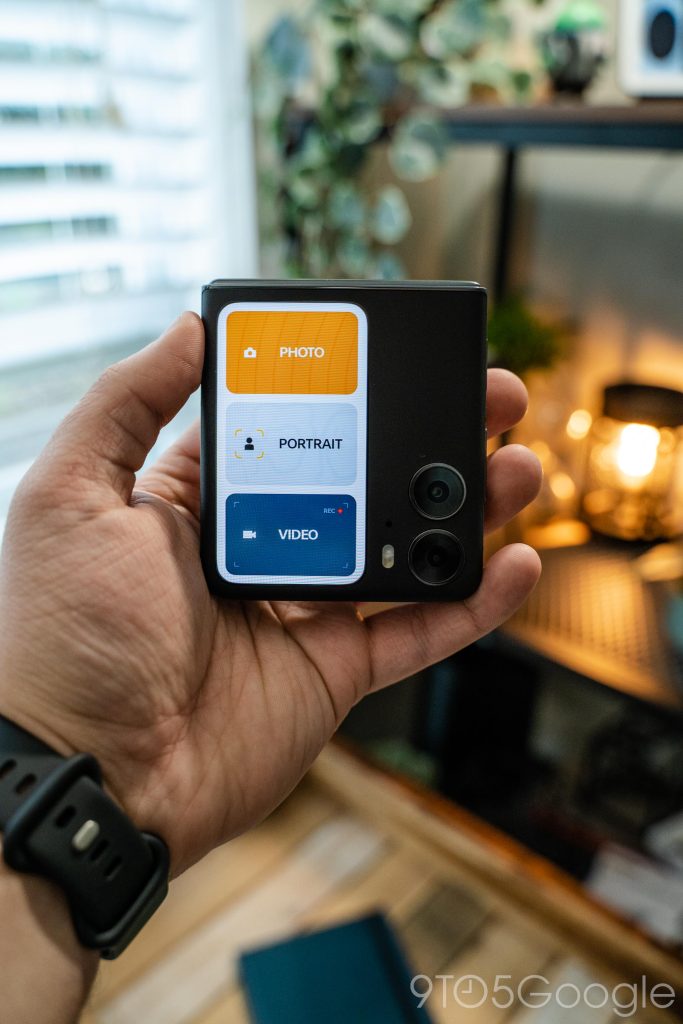
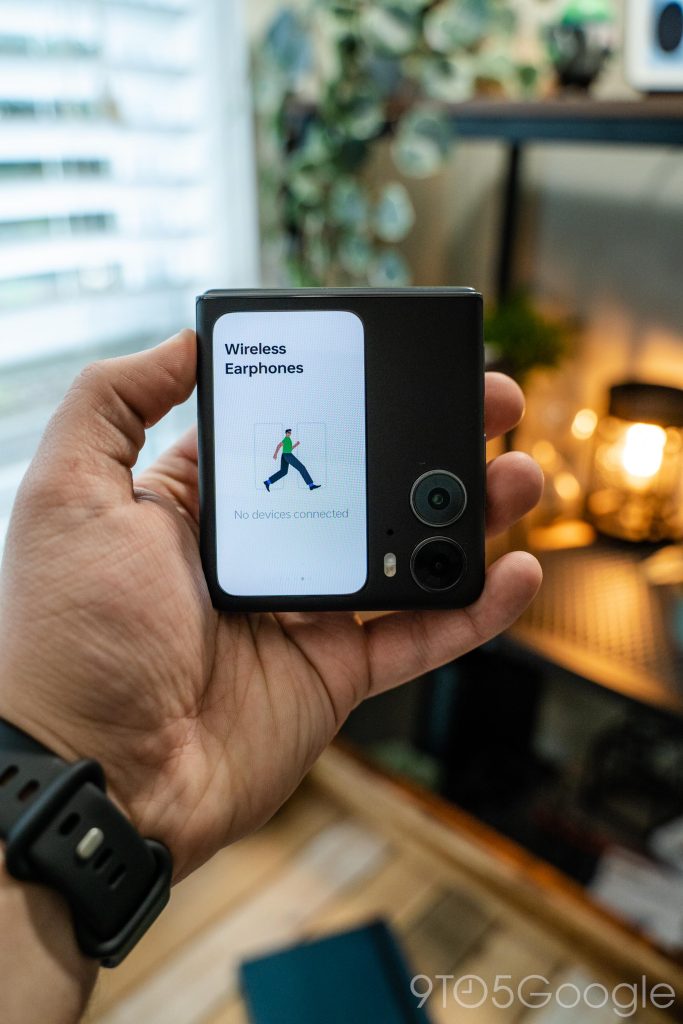
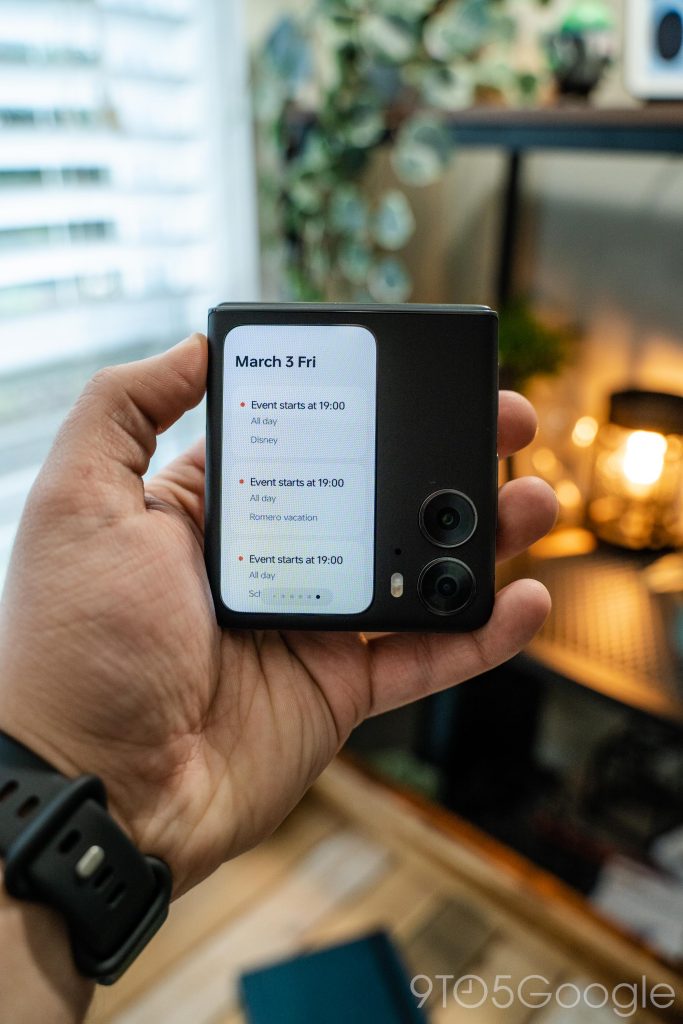
This may expand over time; Oppo has already shown off a Spotify widget during its launch event which is set to be released in April. At that same event, Oppo showed voice dictation also in action on the cover display, but the company hasn’t confirmed when that will arrive.
The cover display on the Find N2 Flip is certainly a big upgrade in terms of hardware over that of the one on Samsung’s foldable, but it’s being held back to a point where that hardware is being wasted. I hope to see this improve in the future through software updates, starting with voice dictation, which feels like the biggest missing link in this whole puzzle.
Inside, the Oppo Find N2 Flip has a 6.8-inch FHD+ display 120Hz. Aside from the fact that it folds, this is really a normal flagship smartphone display, and that’s the beauty of it. Thanks to folding, you’re getting the same experience, just in a smaller footprint. And with the Find, you’re also ditching the deep display crease still present on Samsung’s fourth-generation foldables. I’ve personally never had much of an issue with the crease on Samsung’s Fold series, but on the Flip, it feels more intrusive.
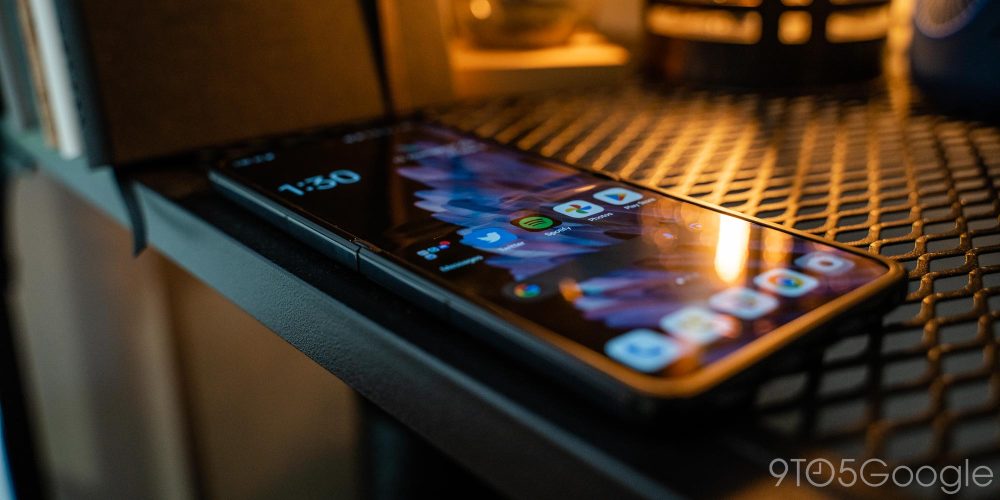
Oppo’s hinge design allows the closed phone to sit at a much larger radius, which in turn leads to a display that doesn’t have a crease that’s nearly as noticeable. Over the past nine days using the Find N2 Flip, I have noticed that the crease has become slightly more obvious since first pulling it out of the box, but I think that comes down to the display just settling into actual use. Oppo rates this hardware at 400,000 folds, but I will be interested to see what this display looks like after a year or two.
One quirk I did notice with this display compared to Samsung’s latest is the feeling of the plastic top layer of the display. At first, it had a “sticky” feeling to it. That quickly wore off after a couple of days of use, but I don’t feel Oppo’s coatings are as good as Samsung’s at this point. However, the difference is negligible at best.
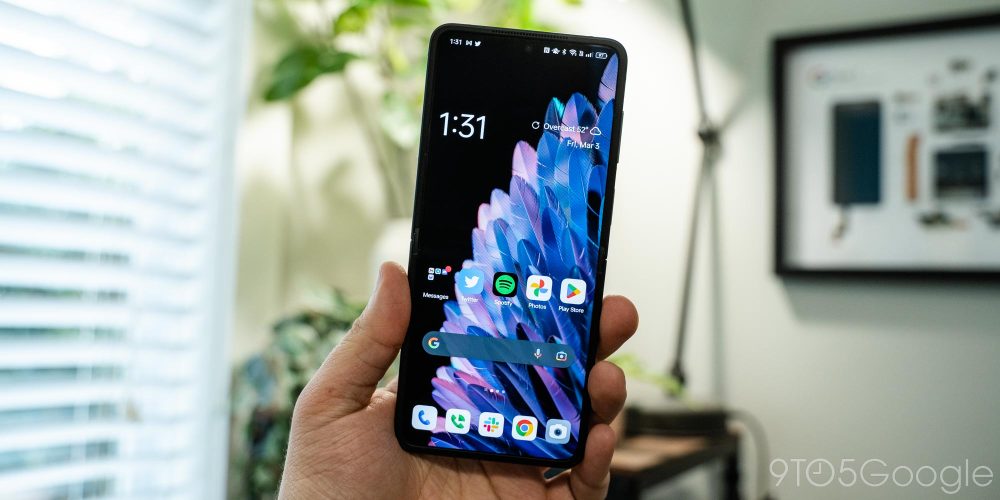
When using that inner display, you’ll be using Oppo’s ColorOS based on Android 13. Compared to the lighter skins common in phones sold in the US, ColorOS can feel a bit heavy and alien to some extent. That feeling comes out in odd choices like defaulting to showing every single app on the homescreen (even with the app drawer enabled) and not having a shortcut for app info in the multitasking screen. But, on the whole, ColorOS in its global variety is a very usable and feature-rich OS, just like the “they’re the same picture” OxygenOS that OnePlus uses in the US. Even if you opt to skip out on Oppo’s features, this is a solid experience overall.
Performance is also pretty good. I never noticed any significant stutters or lag that could be chalked up to the underlying performance; rather, I had lag that seemed to come from software bugs that were fixed by a reboot. Flip phones don’t really cater to mobile gaming, but casual games run perfectly well, and even spending quite a lot of continuous time didn’t lead to any issues with heat.
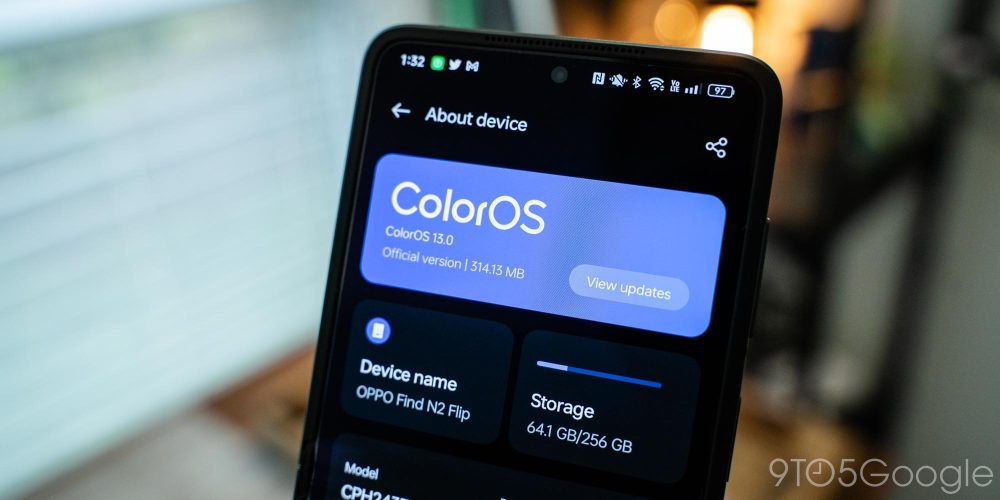
As for battery life, it’s quite good! The 4,300 mAh dual-battery under the hood is on par with traditional smartphones and way bigger than what Samsung’s Galaxy Z Flip 4 uses. As such, the Oppo Find N2 easily lasts a full day on a charge for me, typically with 2-4 hours of screen time over the course of 15-17 hours.
The downside is that, to push the battery capacity to its max, the Find N2 Flip does away with wireless charging. That’s frustrating for a 2023 flagship phone, but it’s an understandable trade-off that I think is a net positive. I’d usually prefer to lay my phone on a wireless charger overnight to top off, but given Samsung’s Flip 4 didn’t make it until bedtime, I’m happy to plug in a wired charger instead. And Oppo’s 44W charging makes quick work of that, though it does still take roughly an hour to get a full charge. Notably, I used a OnePlus charger rather than the one Oppo included, as that charger required a UK plug.

And finally, there are the cameras. This is an area foldables are usually a letdown, but the Find N2 Flip proves there’s room for improvement. The primary 50MP shooter isn’t exactly class-leading, but it takes some solid shots, and it’s backed up by a 12MP ultrawide, which is also pretty decent. I did find myself missing a telephoto lens. But really, I find myself taking photos much less on this sort of foldable – and even less so on the Find N2 Flip, given Oppo’s refusal to offer the usual quick access to the camera. A double tap of the power button for the camera, a standard gesture across most Android phones, isn’t available here, and it made me far less eager to grab a shot on this device.
Full-size Oppo Find N2 Flip camera samples
Final Thoughts
The Oppo Find N2 Flip is a smartphone that gets a lot right, and it’s impressive for a first attempt at this form factor. It also manages to genuinely change the game by leapfrogging the competition. Where Samsung has been iterating on the same design for four generations, Oppo came in and solved the biggest problems in one fell swoop, and better than anyone else who has tried.
Yet, I don’t think the Oppo Find N2 Flip quite takes the crown just yet.
Samsung doesn’t have many advantages compared to the Find N2 Flip, but it has them where it counts. The Flip 4 has water resistance, whereas the Find N2 Flip does now. The Flip 4 has known, widely available, and increasingly less expensive repair options, whereas Oppo hasn’t really given any clear answers as to what Find N2 Flip owners will have to deal with. When we asked, the company only pointed to its International Warranty Service. And, of course, Samsung sells its phone worldwide, including in North America.
Oppo undercuts Samsung on price with UK pricing of £849, but I think the brand is one iteration away from really earning the crown. And, unfortunately for Oppo, Samsung might be able to step up its game by that point.
Author: Ben Schoon
Source: 9TO5Google







